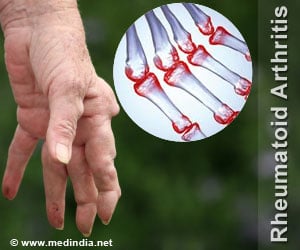The staff and students of the Government Nizamia Tibbi College (NTC) at Hyderabad are fuming.
The staff and students of the Government Nizamia Tibbi College (NTC) at Hyderabad are fuming. Their ire is directed against the state Government’s move to change the medium of instruction for Unani medicine from Urdu to English and Telugu.
The problem was set rolling when the Department of Ayush asked the NTC principal to submit a report on the feasibility of changing the medium of instruction to English. He was also asked to list out the Unani books, which needed to be translated. A hurriedly convened meeting by the then Principal Khaja Ghouse Mohiuddin with the heads of departments recently ended up in loud protests. The meeting unanimously resolved against changing the medium of instruction.The irate protestors claim that the whole idea behind the move is the facilitating of admission of SC, ST and BC students into the Bachelor of Unani Medicine and Surgery (BUMS) course. According to Central Council for Indian Medicine (CCIM) rules, the medium of instruction of Unani medicine is Urdu. Those who wish to be admitted should have studied at least up to their Intermediate levels, with Biological sciences in Urdu. Alternatively, they should have had at least one Urdu subject at 10+2.
“Everyone is welcome to study Unani medicine provided one knows Urdu,” says Dr. Shaikh Mehboob, vice-president, Andhra Pradesh Unani Medical Officers Association.
There are 125 seats in BUMS – 75 at NTC, Hyderabad, and 50 in the Dr. Abdul Haque Unani Medical College, Kurnool. About half-a-dozen non-Urdu speaking students seek admission every year on the basis of language proficiency certificates issued by some institutes. Yet, this practice was stopped last year with the High Court directing the authorities to strictly follow the CCIM guidelines.
According to those against the move, any attempt to change the medium of instruction will dilute the standard of education and also pose serious health consequences. Moreover it is not possible to impart Unani medicine in any other language since the books are available in Arabic and Persian language. It is also difficult to translate the Unani terminology without changing the meaning, they claim.
Meanwhile, the Scheduled Castes, Scheduled Tribes and Backward Classes students feel they are being denied their fundamental right to learn and practice the Unani system of medicine. They want the rules to be relaxed by providing instruction in English, Hindi and regional language.
Advertisement
Unani has also benefited from the Ayurvedic system of medicine, which was an important component of the Hindu civilization. Traditional Unani medicine heavily depends on medicinal plants, apart from using animals and minerals. The base used in Unani medicine is often honey. Honey is considered by some to have healing properties and hence is used in food and medicines practiced in the Islamic world. Real pearls and metal are also used in the making of Unani medicine based on the kind of ailment it is aimed to heal.
Advertisement
Source-Medindia
ANN/C





